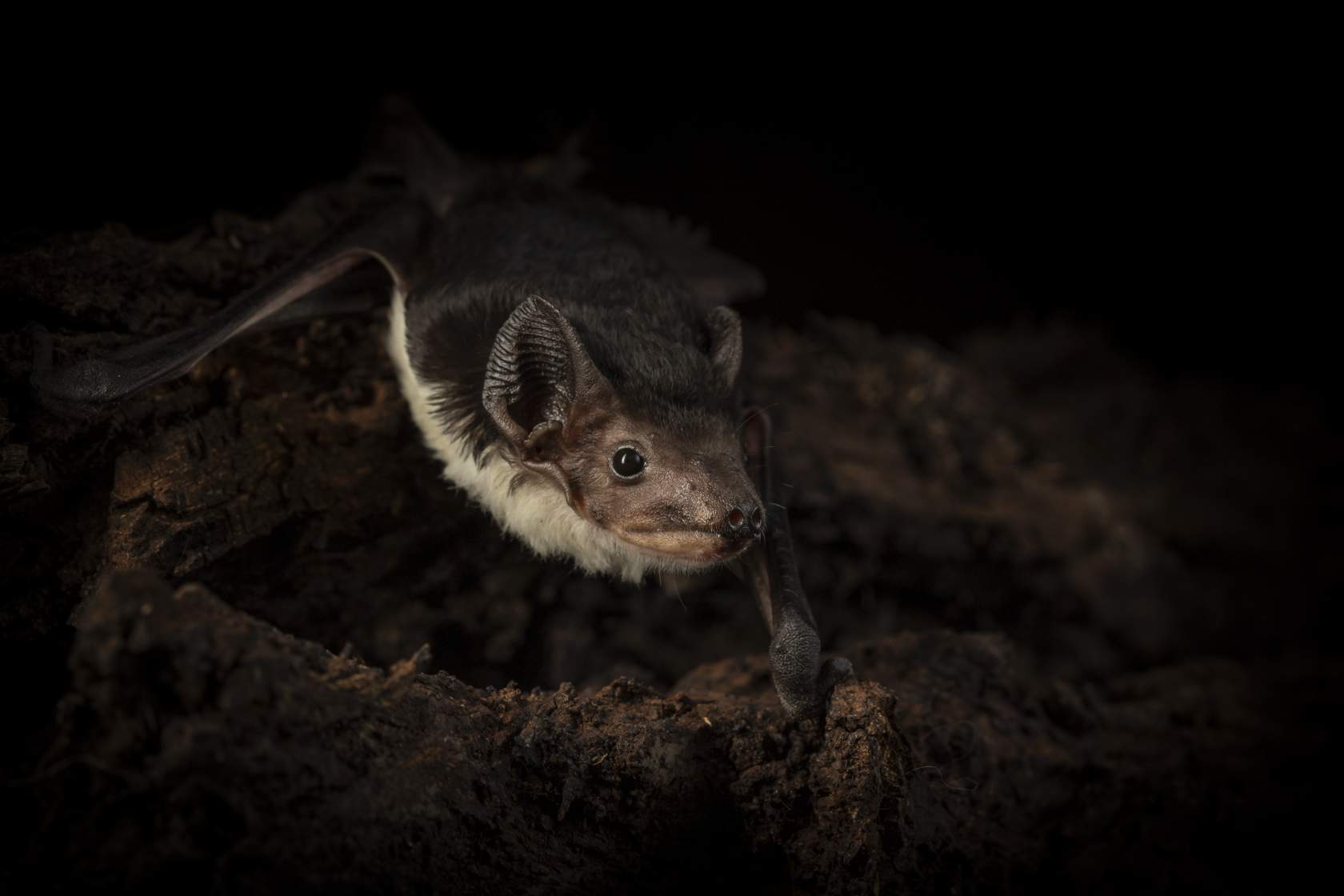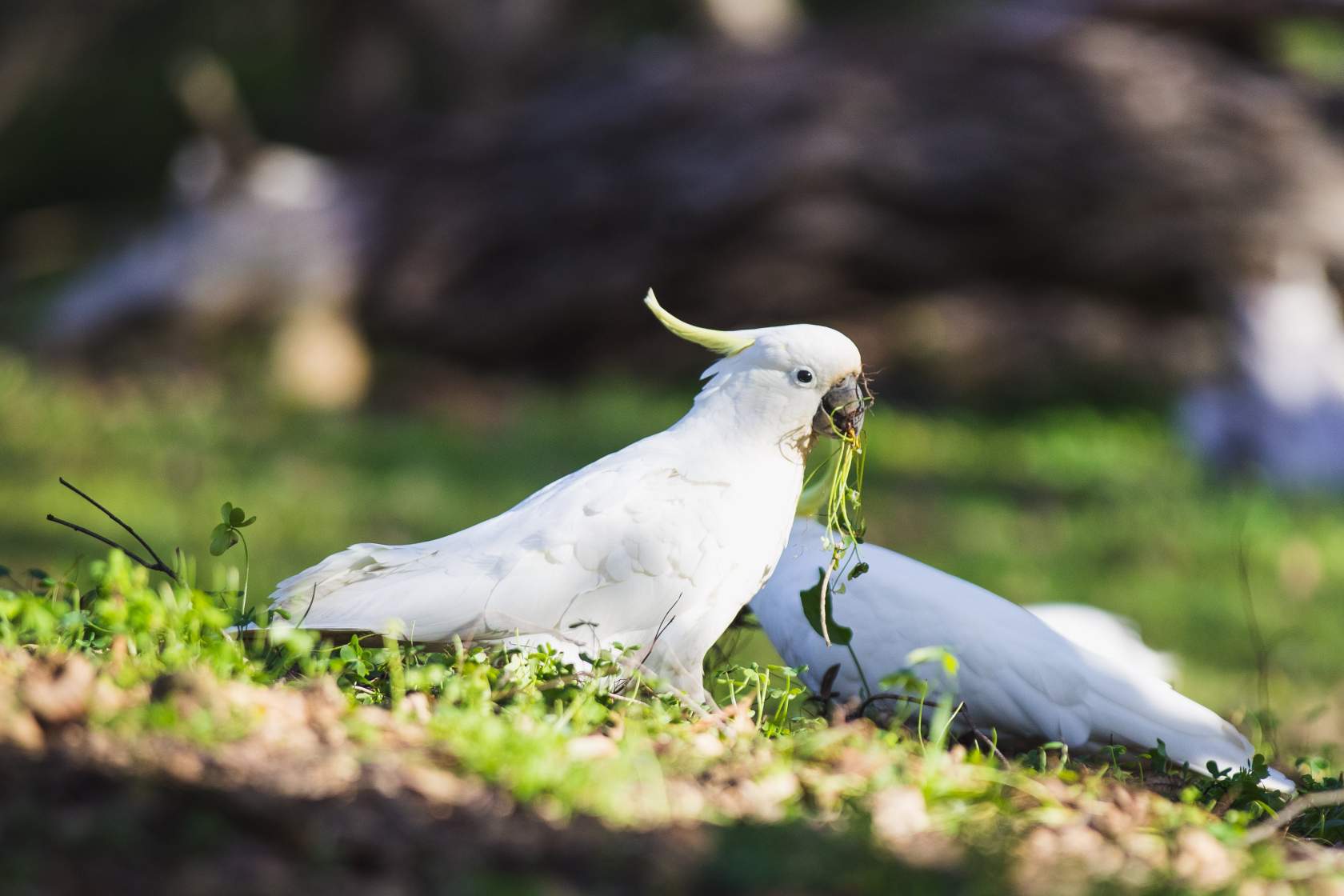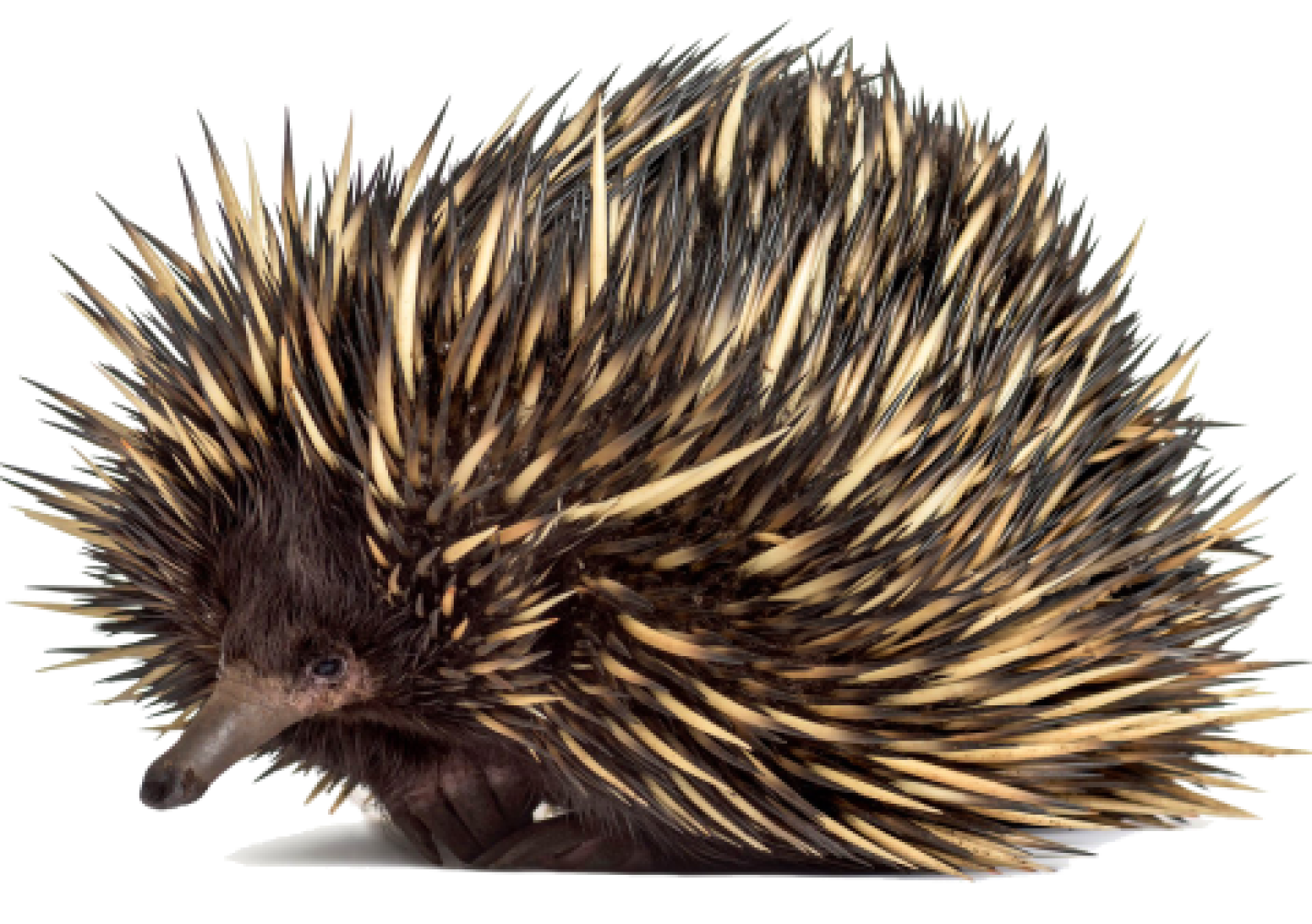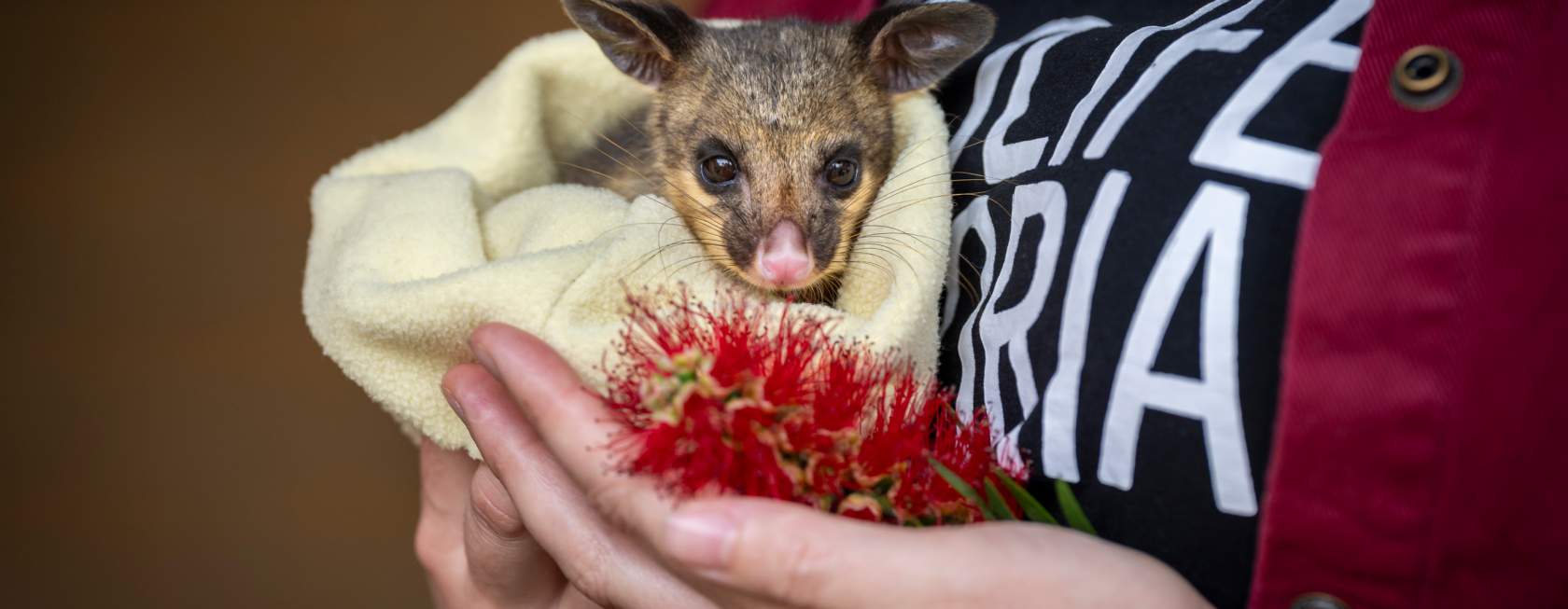
Wildlife nesting boxes
How to install your new possum nest box
You will need a ladder and a hammer.
1. Select a suitable installation spot
We recommend installing your box in a mature tree with plenty of leafy coverage and sturdy branches. Avoid placing the box in exposed or bare areas of the tree. Boxes can also be installed on the side of a house or shed if there are nearby accessible trees for the possum to reach the nesting box.
Nesting boxes should be placed 2.6 to 3 metres* above the ground as a safeguard against predators and to provide a quiet environment.
The post should lie against the main trunk, and the entry hole should face southeast or as much away from afternoon sun as possible.
2. Hammer in the top nail at a 45 degree angle leaving 5cm sticking out.
3. Climb carefully with the box and hang it on the nail.
4. Hammer in the second nail, positioning it at the top of the slot.
5. Alternatively, if you expect more tree growth, thread a bungee cord through the lower slot to strap the box to the tree.
6. Test to ensure the box is securely fastened to the tree and will not shift in strong winds.
*We recommend having a trained arborist, or someone equipped to work at heights to install your box.
Do’s and don’ts for your possum box
Don’t put towels, fabrics or newspaper in the nest box as these will trap urine and water and may lead to infection.
You can provide nesting material such as soft dry leaves, straw or wood shavings. Pet stores sell these materials for hamster and rabbit cages.
Don’t peep into your new nesting box. While this may be tempting, there may be young in the box, and you could frighten them and cause the family to vacate their new home.
Don’t feed the animals. Pieces of apple or banana can be used for the purpose of luring a possum out of your house and into the nesting box, but as these fruits can cause dental injury, we don’t advise feeding them long term.
If you have pets, please keep them away from the nesting box. We recommend cats be kept indoors or provided with an enclosed cat run for the safety of wildlife and your cats.
A couple of times a year, check that the box is still firmly attached to the tree or building.
Leave the box in your tree even if the possum has left – it won’t be long before another possum moves in.
Attracting the possum into the box
If you have a possum in your shed or house, you will need to lure them out and into the new nesting box.
As night falls, open a window or door so the possum has an exit. Leave a trail of small pieces of banana or apple for the possum to follow to the exit and to the base of the tree where the box is. Try to attach a piece of fruit near the entrance of the box (don’t put it in the box).
Once the possum is out, check for holes or gaps in your shed or house through which the possum may have originally entered, and seal them.
Secure your pets to prevent them attacking the possum while on the ground.
If the possum doesn’t move into the box that same night, remove the fruit trail in the morning to avoid attracting other animals. Leave a new trail the next evening.
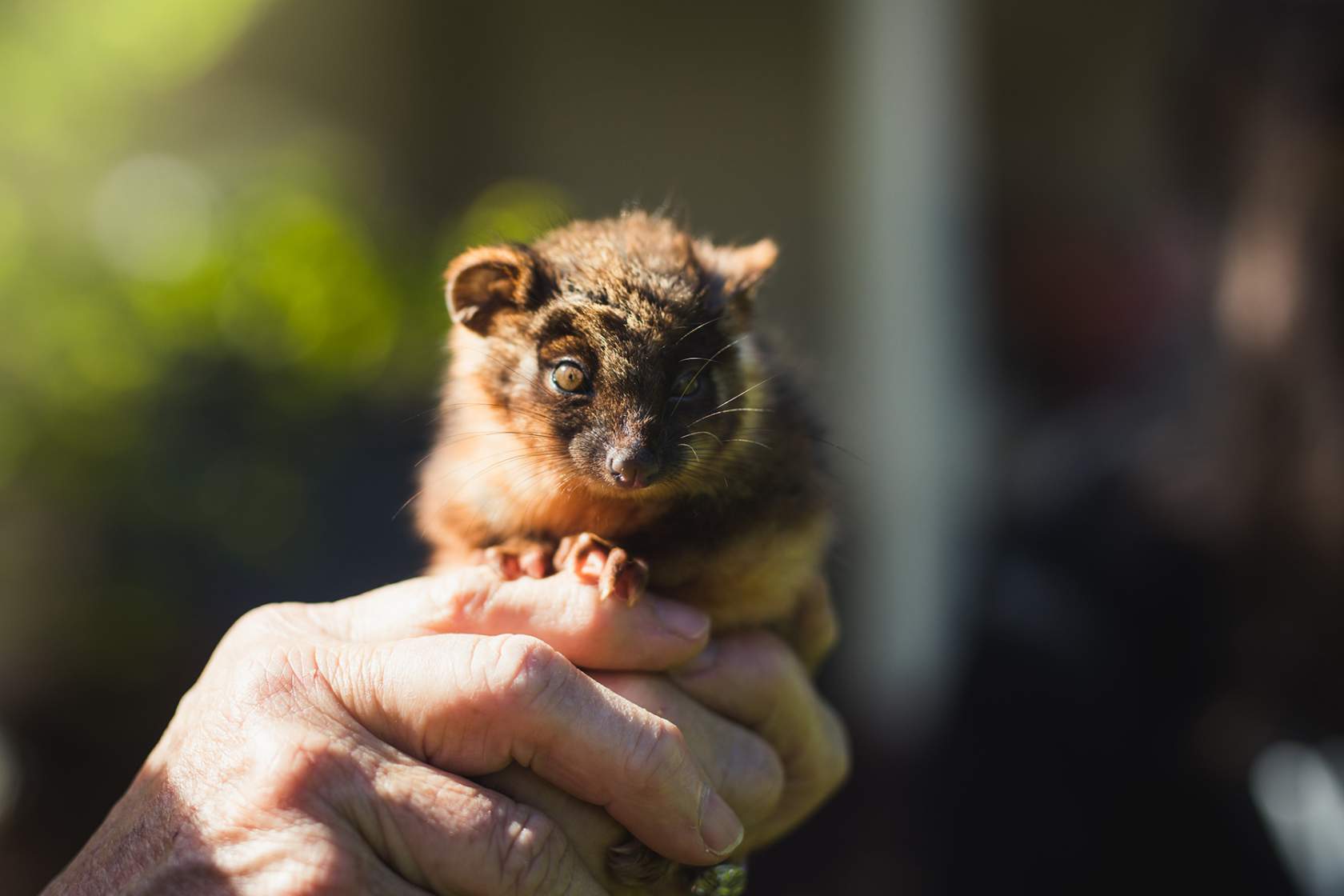
How to install your new microbat box
You will need a ladder and a drill with a hex bit for bugle head screws.
1. Select a suitable installation spot
Bat boxes can be successfully installed in a variety of environments including urban blocks, roadsides, farm or bushland areas. They should be placed 3 to 5 metres above the ground to protect the bats from predators, extreme flood events, and to discourage people from looking inside.
Select a tall, sturdy tree with a minimum trunk diameter of 30cm. Smooth-barked trees are preferable for easy box installation. Select a tree that has some foliage cover for the hottest part of the day, but not where the box will be in full shade all day. We recommend trimming branches around the selected site to provide the microbats with a clear flight path. You can also install your new microbat box against a building that has adequate weather protection.
Bats prefer to roost in close proximity to one another and may change their roost regularly. If possible, we recommend putting up a selection of boxes so encourage your neighbours to join you in welcoming wildlife into the neighbourhood!
2. Securely attach the box to the selected site
Drill one of the provided screws through the top hole of the box into the tree. After drilling in the second screw, check that the box is securely fastened to the tree and will not shift in strong wind.
*We recommend having a trained arborist, or someone equipped to work at heights to install your box.
Do’s and don’ts for your microbat box
Don’t peep into your new nesting box. While this may be tempting, it’s best not to disturb the bats that may be resting inside. If you install a microbat box and want to know if bats are roosting in it, check for droppings on the ground beneath the opening of the box. You can also watch for bats emerging from the box at dusk – keep your eyes peeled as they are quick!
Don’t feed the animals. We recommend planting native Australian plants that attract insects and will keep the microbats well fed! A few to consider are members of the Callistemon, Hakea, Eucalyptus and Acacia plant families.
If you have pets, please keep them away from the nesting box. We recommend cats be kept indoors or provided with an enclosed cat run for the safety of wildlife and your cats.
A couple of times a year, check that the box is still firmly attached to the tree or building.
Attracting microbats into the box
Unlike other species, microbats may not move into the box straight away. It could take them some time to consider the box as suitable, particularly if there are no other suitable, established boxes or roosting sites nearby.
We recommend planting native Australian plants that attract insects that will in turn attract microbats to your yard. A few to consider are members of the Callistemon, Hakea, Eucalyptus and Acacia plant families.
